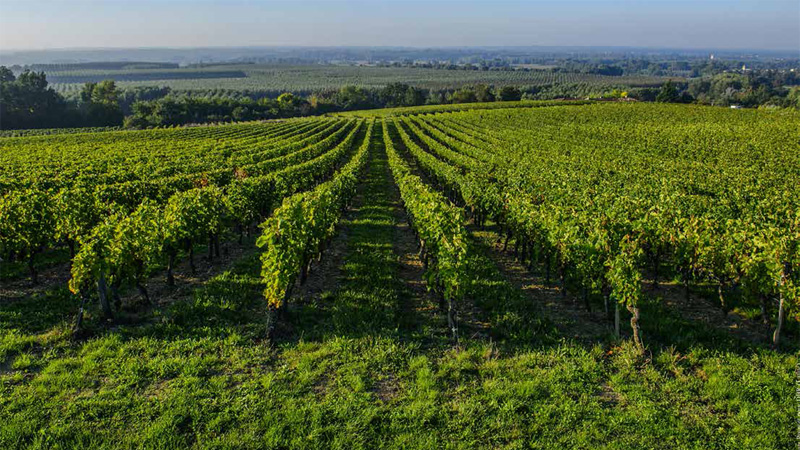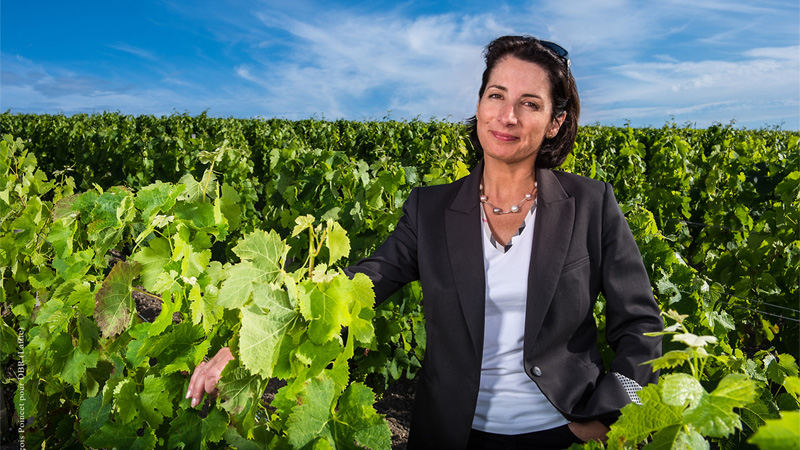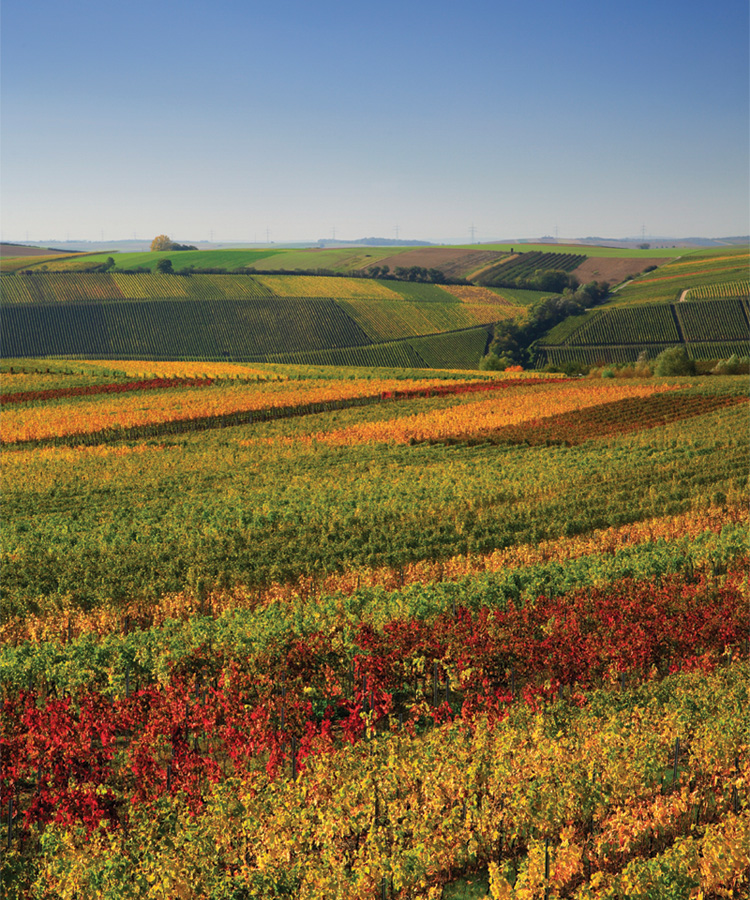
Like any wine drinker looking to broaden their knowledge, I challenge myself with the occasional blind tasting. Recently, that test took me to Bordeaux, and I reached for none other than Légende, a line of Bordeaux wines created by Domaines Barons de Rothschild (Lafite)—who also happens to be the same family that owns the famous First Growth Bordeaux, Château Lafite Rothschild.
Tasting through the lineup of Légende wines made all the notes on aromas and flavors about the heralded region jump out of the glass. Even as a wine writer, Bordeaux can be intimidating, but it’s so easy to understand Bordeaux when tasting wines from Légende. The wines are classic expressions of the various appellations within Bordeaux and the respective grapes. They feel traditional, yet approachable to the modern consumer, crafted in a style so that they are ready to drink upon release. Since I was purchasing five bottles, the price point was just right for a Friday night activity too.
According to Légende’s winemaker Diane Flamand, that’s exactly what they are supposed to do.
“The wines are made to be a good introduction to the complexity of the Bordeaux region,” Flamand says. “Each one is a nice picture of what should be a good, classic Bordeaux wine, representative of each terroir and appellation.”

Bordeaux is as nuanced as it is big in size. It’s the largest wine-growing area in France, spanning more than 120,000 hectares and encompassing more than 60 AOCs around the town of Bordeaux. It’s responsible for a production of more than 700 million bottles a year.
Central to the region’s geography is the Gironde River, a tributary of the Atlantic Ocean that brings an oceanic climate to the vineyards. The Gironde forks into the Garonne and Dordogne rivers, creating a trio of waterways that splits the vineyards into two major categories: Left Bank and Right Bank. Each has a reputation for producing world-class wines from its appellations; the difference lies in the grapes best suited for the individual terroirs.
Broadly, the Left Bank is heralded for Cabernet Sauvignon-dominant blends, like Medoc and Pauillac, and the Right Bank is known for its Merlot-based red wines, including Saint-Emilion. White wine grapes grow in the Entre-deux-Mers, an area of hillsides further south between the Garonne and Dordogne.
Flamand plucks the best of the most applauded appellations of Bordeaux for Légende, including one white wine and four reds, and presents it in a way that even the most wine novice among us can appreciate. Flamand focuses on how she can craft wines that are ready to drink the moment a consumer grabs one off the shelf.
There is the Bordeaux Blanc, an aromatic, fresh and crisp blend of Sauvignon Blanc and Semillon from the Entre-deux-Mers. Thanks to its aging in stainless steel tanks, the wine accentuates its mineral-driven qualities, making it a classic pairing with seafood, cheese, and simple aperitif fare. The reds begin with the round and fruity Bordeaux Rouge, the iconic “Bordeaux blend” of Cabernet Sauvignon, Cabernet Franc, and Merlot that highlights the three major red grapes of the region and their characteristic balance of red fruit, spice, and toast.

Then come the wines from the distinguished Appellation d’Origine Contrôlée (AOC). The delicate and soft Merlot-heavy Saint-Emilion offers a refined nose of blackberries and licorice with a silky mouthfeel. The well-balanced and spicy Medoc embodies what the buzz is about for this storied appellation: a crimson-purple wine with tight tannins and elegant flavors, thanks to its blend of 60 percent Cabernet and 40 percent Merlot. The bold, structured, and powerful Pauillac—75 percent Cabernet Sauvignon with the remainder Merlot—proves why this AOC is home to Chateau Lafite Rothschild and some of the world’s most famous Cabernet Sauvignon vineyards.
To set Légende apart, Flamand makes young wine from these acclaimed AOCs instead of asking a wine drinker to hold a bottle for 20-plus years in a cellar like some chateaux. She does this by employing both brand philosophy and technical know-how. She engages the “Lafite Spirit” as Domaines Baron de Rothschild (Lafite) calls it: the objective to produce high-quality wines full of balance, finesse, elegance, and drinkability. She internalized these four qualities while training at Chateau Lafite. Now, she ensures they are emphasized at Légende too.
In the winery, that translates to techniques that highlight a silky mouthfeel with balanced fruit and earth tasting notes for the red wines, shying away from robust tannins and big oak notes that may take years to mellow in home cellars. She utilizes thermovinification—the heating of the juice before alcoholic fermentation—to emphasize the fruity notes. She does soft pump-overs of the skins during fermentation to extract smooth tannins, giving the wines a velvety texture on the tongue. She only ages the wines in a maximum of 60 percent oak to ensure there is parity among the resulting black fruit, spice, and vanilla flavors.
For the Bordeaux Blanc, the harmony comes from the blending of the mineral-driven, highly acidic Sauvignon Blanc with the low-acid, golden and round Semillon to produce an expressive white with a full mouthfeel and citrus flavors.
By highlighting the traditional characteristics of each part of Bordeaux, Flamand allows Légende to serve as an educational tool for consumers. They are meant to be friendly on any dinner table, whether a drinker is sipping a Bordeaux for the first time or practicing their blind tasting skills. Trying them all together is like a mental journey to France, one through the eyes of one of the most prestigious producers. And that makes everything about Bordeaux feel so approachable.
This article is sponsored by Légende.
